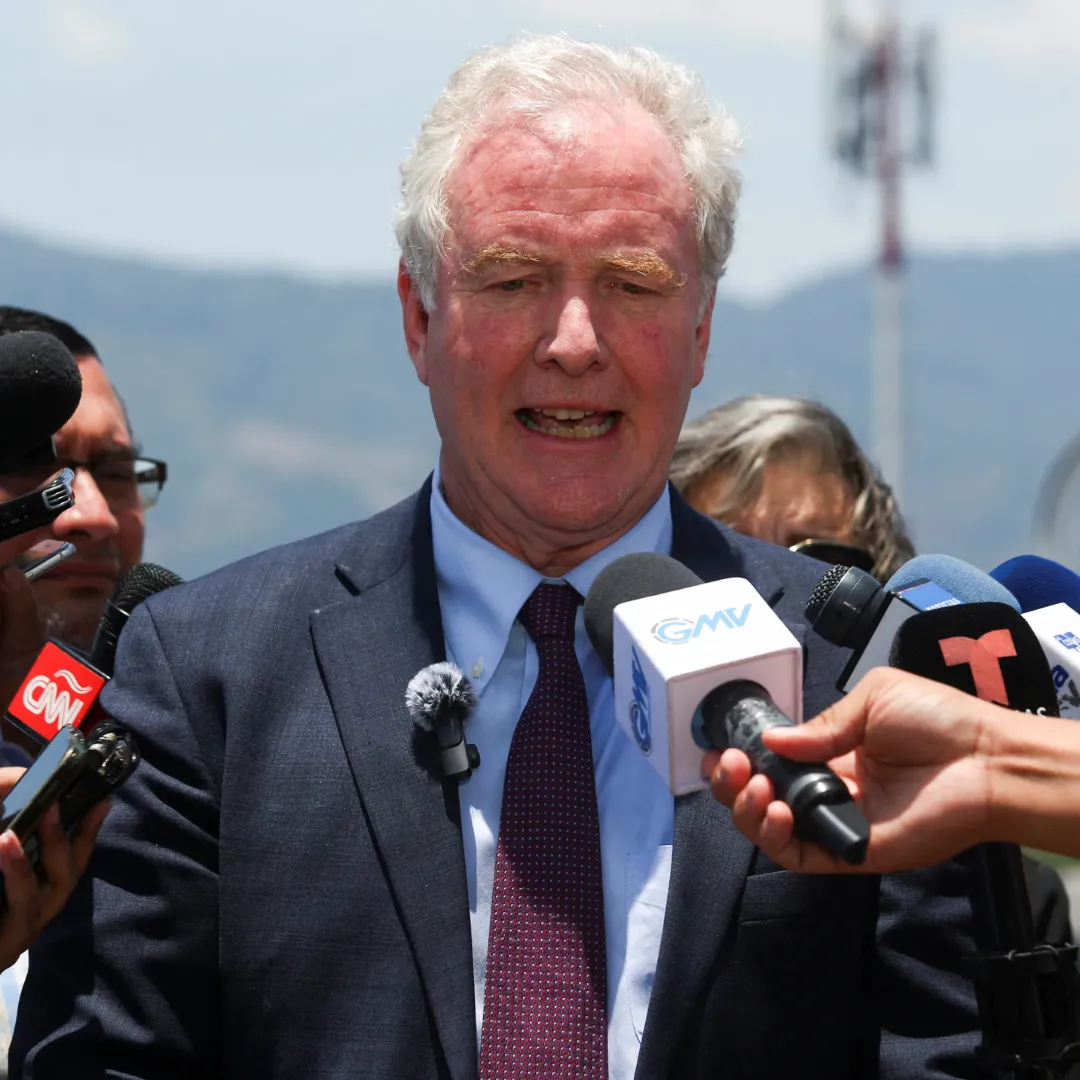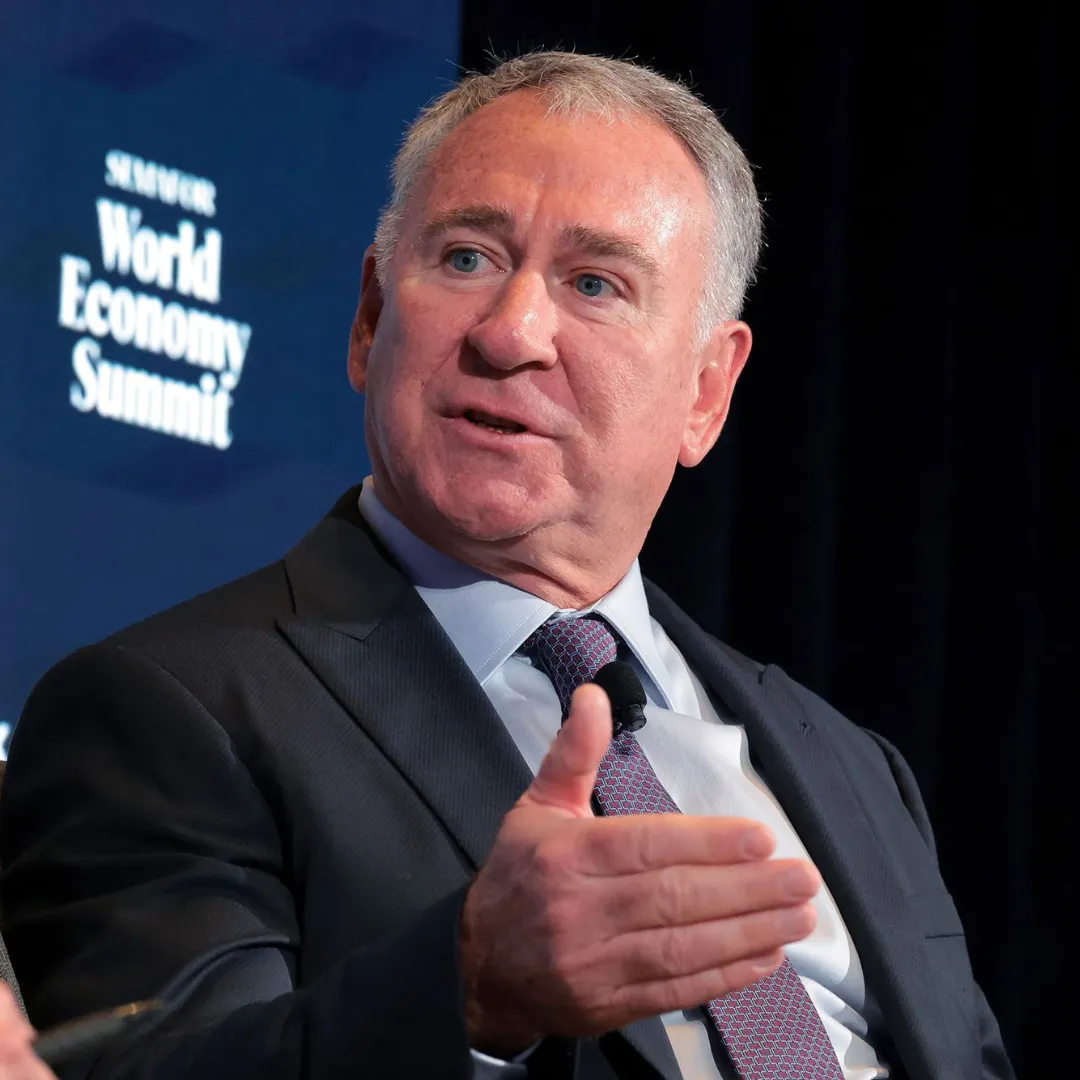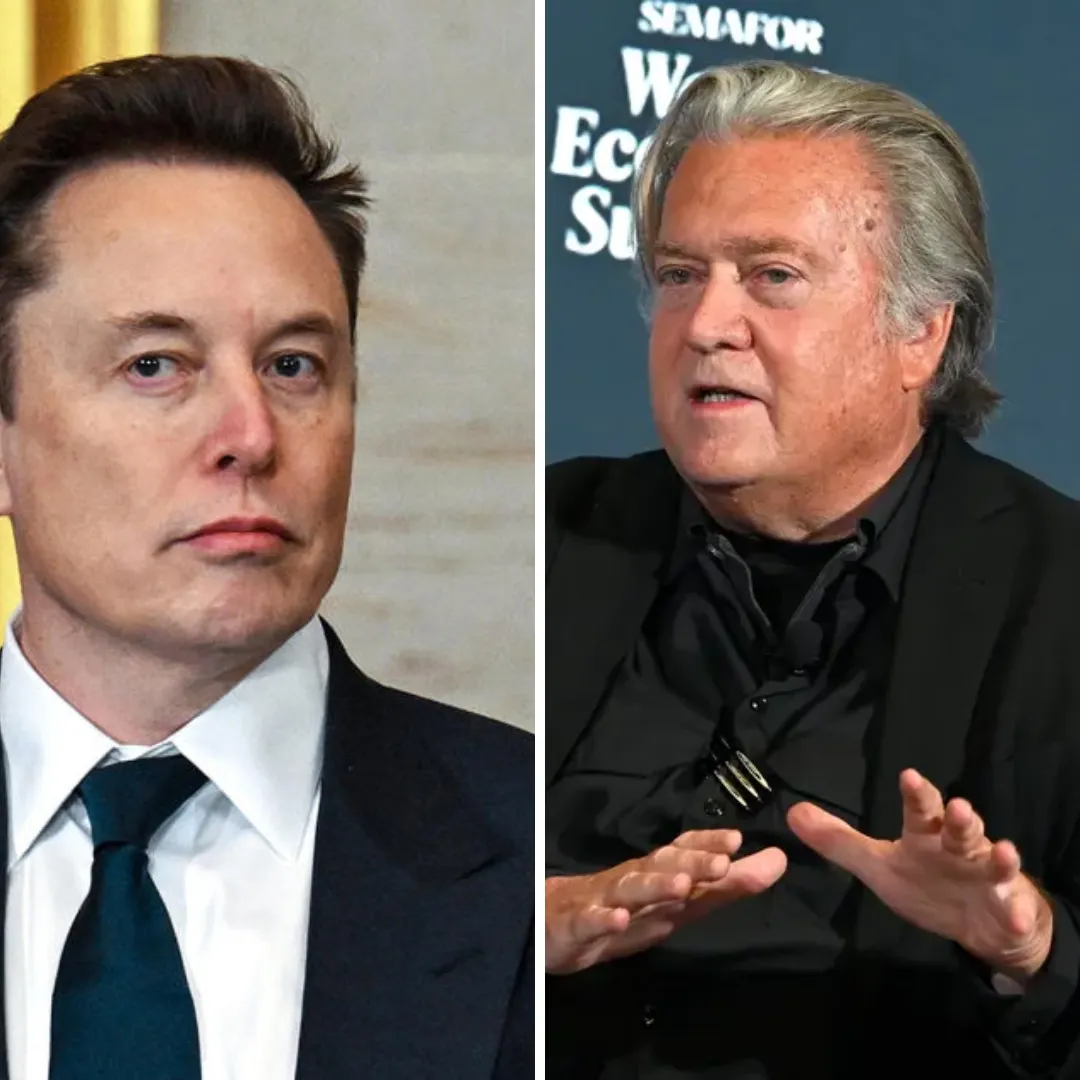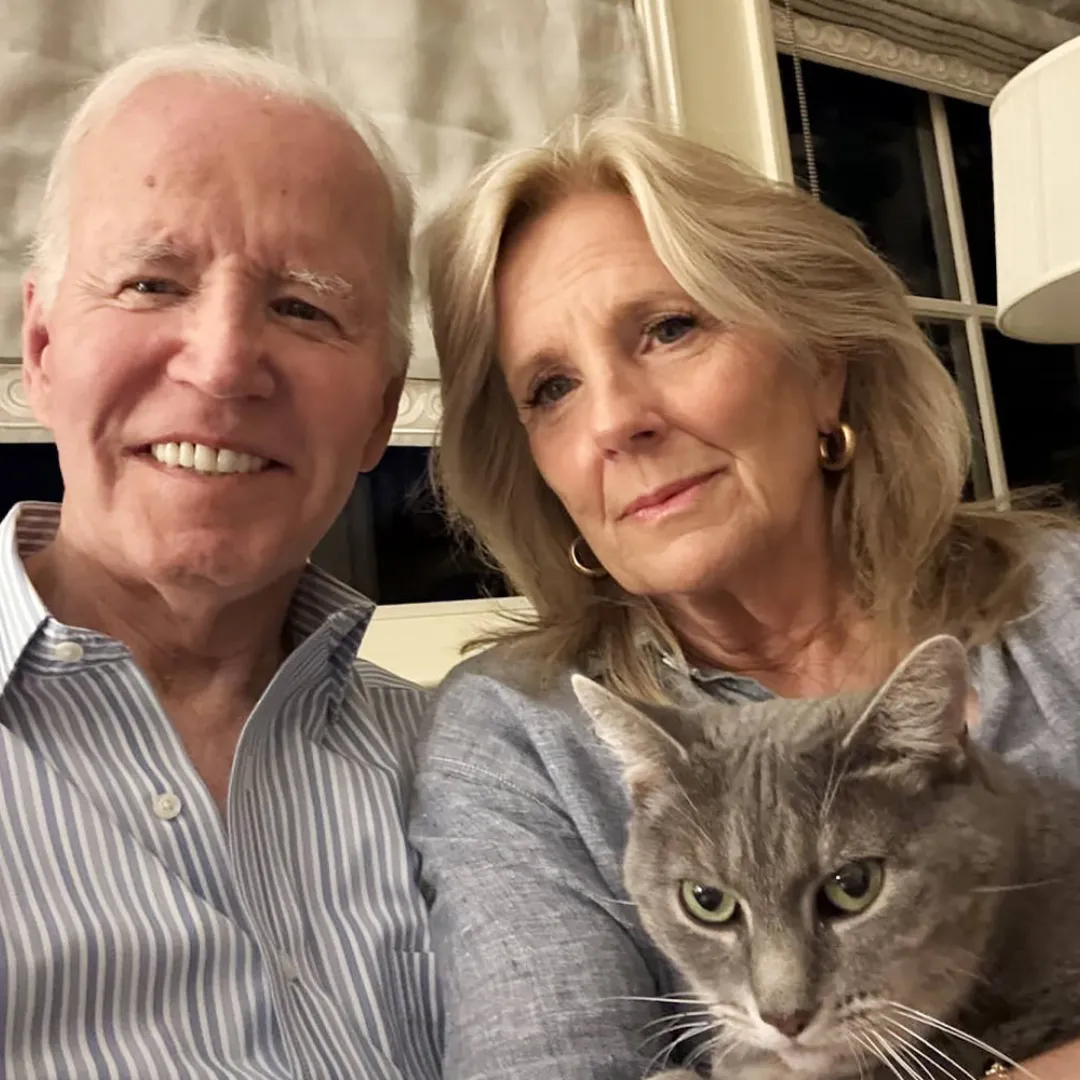
Under the grandeur of Vatican City’s St. Peter’s Square, Vice President J.D. Vance and his wife, Usha Vance, stood before Pope Leo XIV on Sunday, closing out an inauguration mass that marked a new chapter in the Catholic Church’s long history.
This rare meeting between the American vice president and the newly installed pontiff held immense symbolic weight, made even more striking by the quiet tensions simmering beneath the surface.
As the couple approached the first American-born pope, Vance extended his hand in a moment of diplomatic courtesy, exchanging brief words with the Holy Father.
Beside him stood Usha Vance, draped in tradition with a black lace veil resting over her hair, observing as her husband greeted a religious figure who had not hesitated to publicly rebuke him in the past.
The official statement from the vice president’s office described the encounter as a respectful exchange, with the couple offering their greetings before departing St. Peter’s Square.
Yet the significance of this meeting runs far deeper than what was captured in brief handshakes and formal protocol. Vance was leading the U.S. delegation to Pope Leo’s inauguration mass, accompanied by Secretary of State Marco Rubio and his wife, Jeanette Rubio.
Vance’s presence at the event was shaped not just by politics, but also by personal faith. Having converted to Catholicism in 2019, the vice president’s connection to the Church has been at the forefront of his public identity, and he had even met with Pope Francis shortly before the former pontiff passed away.

The mass itself drew global attention as world leaders gathered to witness the installation of Leo XIV, the first American to ascend to the papacy. Among the guests was Ukrainian President Volodymyr Zelensky, who also greeted the new pope.
In recent weeks, Leo has expressed an interest in playing a direct role in global diplomacy, offering the Vatican as neutral ground to mediate peace talks between Russia and Ukraine—a gesture that casts his papacy as one potentially rooted in global reconciliation.
However, the quiet moment between Vance and Leo carries with it unresolved spiritual and political friction. The pope’s prior public criticism of Vance’s immigration philosophy loomed in the background of the encounter.
Earlier this year, Pope Leo XIV had reshared opinion pieces sharply condemning the vice president’s interpretation of Christian duty as it relates to migrants and border policy.
One article he promoted carried the bold headline: “JD Vance is wrong: Jesus doesn’t ask us to rank our love for others.” Another, even more pointed in theological critique, dissected the idea of “ordo amoris”—a term Vance invoked to justify his view that Americans should prioritize their love and loyalty to their own communities above outsiders.
The piece, titled “Pope Francis’ letter, JD Vance’s ‘ordo amoris’ and what the Gospel asks of all of us on immigration,” resonated among Catholic critics who accuse the vice president of distorting the moral obligations of the faith.
The articles were not anonymous attacks but theological arguments that directly challenged Vance’s understanding of Christian ethics.

For many inside the Church, the fundamental tension is this: how can a practicing Catholic, especially one in a position of immense power, reconcile nationalistic immigration policy with the Gospel’s repeated exhortation to welcome the stranger, protect the vulnerable, and act without partiality?
Vance’s rhetoric—framing love for family and fellow citizens as paramount, with charity to the wider world as secondary—has drawn increasing scrutiny from Catholic theologians and clergy. For them, such a hierarchy of compassion stands at odds with Christ’s message of radical inclusion.
While Pope Leo XIV has not personally commented on Vance’s remarks beyond resharing these critiques, his online engagement was a clear signal. It suggested that he, like many Catholic leaders, views the vice president’s use of Christian doctrine to defend border restrictions and immigration limits as deeply troubling.
The tension between them, though unspoken at the inauguration mass, was palpable to those familiar with their ideological divergence.
The Vatican is no stranger to hosting political figures from around the globe, but Sunday’s meeting underscored just how complex the relationship between faith and politics has become in the modern American context.
Vance represents a growing cohort of conservative politicians who lean heavily on religious language while simultaneously pushing for policies that conflict with the global Catholic Church’s teachings on human dignity and refugee rights.
His conversion to Catholicism in 2019 marked a spiritual milestone, but it has not insulated him from criticism by fellow believers.
The optics of the meeting—a handshake, a few words, a quiet departure—betray the layered history between two men representing very different visions of what it means to be Catholic in today’s world.

Pope Leo XIV, having just assumed the role of spiritual shepherd to more than a billion Catholics, has signaled he intends to uphold the Church’s legacy of advocating for the poor, the displaced, and the marginalized.
Vance, by contrast, has repeatedly emphasized a political vision that champions national identity, cultural cohesion, and what he terms “ordered love,” where obligations begin at home and radiate outward by necessity, not by charity.
This theological battle has only intensified as Vance’s stature grows in Washington. His stance on immigration has not softened, and he has made it a centerpiece of his public platform.
Critics argue that he has weaponized religion for political ends, selectively quoting scripture and Church teaching to justify restrictive immigration policies.
Supporters, meanwhile, hail his convictions as morally sound, asserting that the protection of one’s nation and culture is not antithetical to faith but rather an extension of it.
The pope’s subtle disapproval complicates this narrative. His decision to engage with public critiques of Vance’s theology suggests a willingness to push back against rising forms of Catholic nationalism, even when those forms are embraced by powerful American leaders.
The moment in St. Peter’s Square, then, was more than ceremonial. It was a brief but profound collision between two competing interpretations of Christianity—one focused on borders, hierarchy, and national duty; the other centered on openness, universality, and shared humanity.
As the inauguration mass concluded and Vance walked away from the Holy Father, the questions left behind were far from settled. Can a political leader redefine Christian compassion through a nationalist lens without inviting condemnation from the very institution he claims to serve?
:max_bytes(150000):strip_icc():focal(986x626:988x628)/jd-vance-usha-vance-vatican-mass-inauguration-pope-051825-02-5ab191eb49ad418aab4a96e3926fa783.jpg)
And can the Church maintain its prophetic voice in an era when religious identity is increasingly co-opted for partisan ends?
For now, the vice president has offered no response to the pope’s previous critiques. His handshake with Leo XIV was respectful, his demeanor composed. But beneath the surface of that moment lingered a quiet storm—of doctrine, of power, and of what it means to follow the teachings of Christ in a fractured, border-obsessed world.



